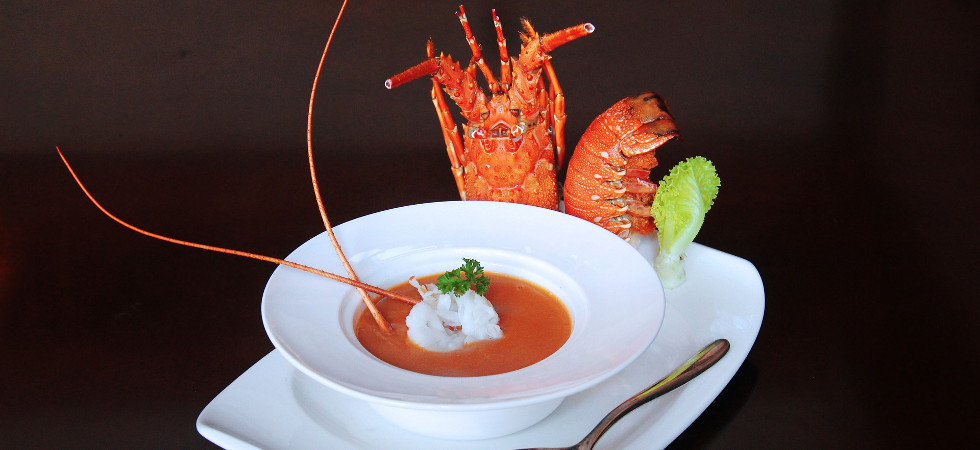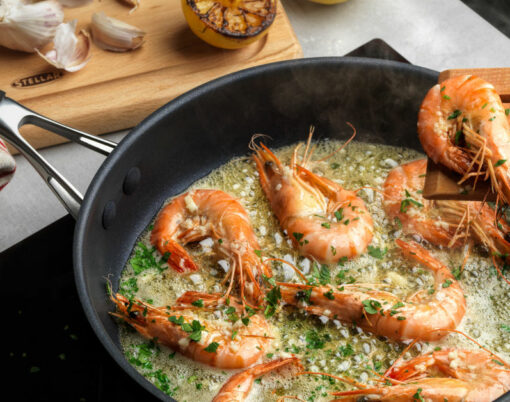For many people, the opportunity to experience new flavour combinations and culinary customs is the highlight of a trip abroad. With this in mind, the experts at London Stansted Airport share their top destinations to sample traditional delicacies, which are sure to tantalise your taste buds.
Dubai, United Arab Emirates

Rice, meat and fish are staples of the Emirati diet. But what makes this cuisine so special is the array of delicate and exotic spices that are interwoven into their dishes – cardamom, saffron, cinnamon and mint are all used frequently.
Shawarma – This snack is enjoyed throughout the Middle East. It involves shavings of meat – originally mutton or lamb but now chicken is common – which, has been lightly spiced and spit roasted. This is added to a warm wrap or pitta with seasonal salad, chillies and other delicious embellishments.
Knafeh – Knafeh is affectionately referred to as queen of the Arabic desserts, and for good reason. It consists of noodle-like pastry, which is soaked in a rose-spiked sugar syrup, filled with sweet cheese and topped with crushed pistachios. It is certainly a unique delicacy of Dubai that must be sampled when visiting the city.
Reykjavik, Iceland
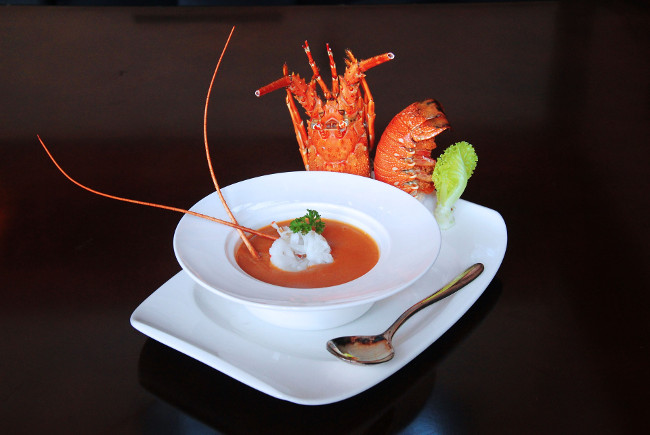
Iceland’s cuisine has a rich history. Today traditional practices of fermenting and pickling are applied to fresh ingredients with a modern twist – resulting in dishes that are incredibly moreish.
Skyr – Skyr has been a huge part of Icelandic cuisine for hundreds of years. It is a dairy product, very much similar to yoghurt, with a mild and refreshing flavour. Skyr is often served with fresh berries and oats or used within smoothies and shyrkaka – an alternative to cheesecake.
Lobster soup – Certain restaurants in Reykjavik have become notorious for the fine lobster soups and stews that they serve. Down by the harbour various eateries dish up this winter warmer with chunks of fresh lobster floating in a rich broth – it’s the ultimate treat.
Vienna, Austria
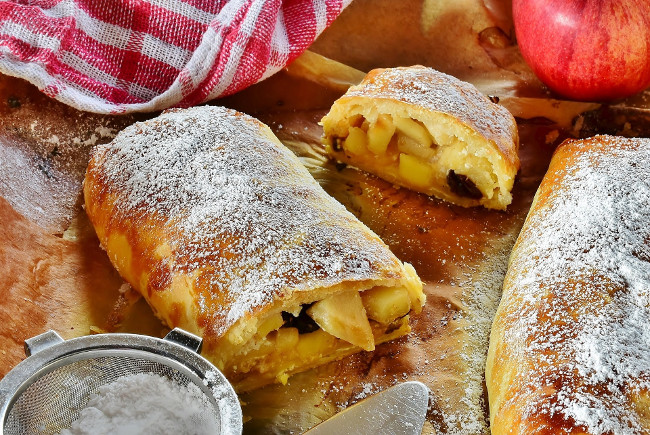
Austrian food is hearty by nature – dishes tend to involve quality meat and filling sides. The sweet offerings are particularly popular; there are numerous baked treats and pastries to choose from.
Wiener Schnitzel – Undoubtedly one of Austria’s most celebrated national dishes. Traditionally it’s made from a thin cutlet of veal, which is coated in breadcrumbs and cooked until golden and crisp. Schnitzel tends to be eaten as a main meal and is often served alongside seasoned potatoes or noodles.
Apfelstrudel – Better known as ‘apple strudel’, the most masterful producers of this flaky dessert can be found in Vienna, Austria. The dish consists of delicate pastry layered with apples, raisins, cinnamon and a dusting of sugar – all baked together. It’s the perfect combination of soft fruit and crisp pastry.
Florence, Italy
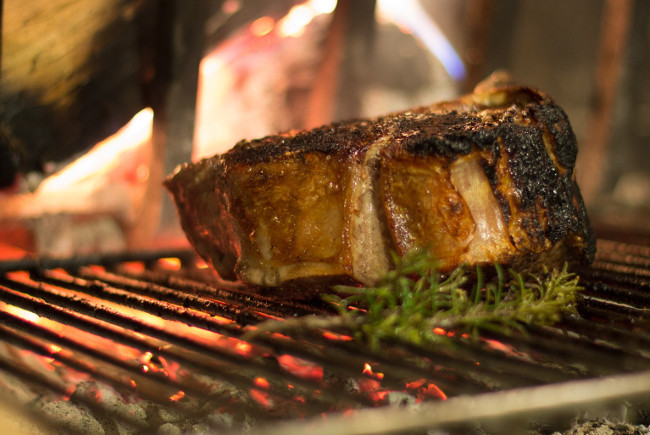
Italian food is famous worldwide, but what most people don’t know is that each region has its own speciality. Florentine fare, in particular, is very rustic and earthy in its flavour pairings – seasons play an important role in their dish creation.
Pappardelle – Pappardelle is a long, wide and flat pasta, which is synonymous with this region in Italy. It is usually paired with a rich sauce that complements the texture of the pasta. Ragu is a popular choice, which can be made up of various types of meat: anything from hair to wild boar.
Fiorentina – Florence’s most famous dish is Bistecca alla Fiorentina – better known as Florentine Steak. It’s a large T-bone cut that’s almost two inches thick; it is best grilled over a lively flame to create an intense flavour.
Ribollita – it’s hard to think of any dish that’s more intimately associated with Florence than ribollita – a classic cabbage and bean soup that gains body and substance from a healthy infusion of day-old Tuscan bread. The word ribollita literally translates as ‘reboiled’; for a ribollita to be authentic it must contain black-leaf kale and a long-leafed winter cabbage whose leaves are a purplish green, which has distinctive bitter overtones.
Lisbon, Portugal
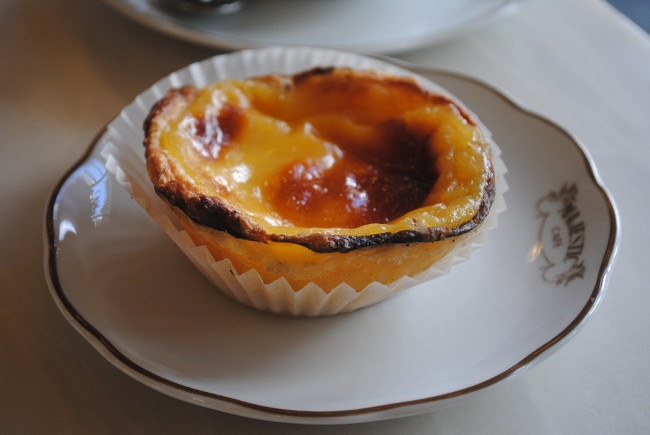
While there are Mediterranean elements to the Portuguese gastronomy, strong colonial influences have meant that their dishes are often spiked with chillies and other exotic spices. Like in Spain, small tasting plates are exceedingly popular.
Pastéis de nata – These small, egg custard tarts are revered as one of Portugal’s most delightful delicacies. With cinnamon, flaky pastry and a silky-smooth centre, it really is hard to have just one. Pastéis de nata are sold in bakeries throughout Lisbon and are usually very affordable – tending to be no more expensive than €2 per tart.
Azeitão cheese – No visit to Lisbon would be complete without sampling this rich and creamy cheese, which is made from unpasteurised sheep’s milk. This speciality is so unique to this district that it has been given the status of ‘Protected Designation of Origin’, which means that it can only be produced in the town of Azeitão – just 40 km outside of Lisbon. This speciality is best enjoyed with crackers and a deep glass of red.
Tel Aviv, Israel

Israeli cuisine is an amalgamation of Mediterranean and Middle Eastern flavours – traditional forms of cooking continue to thrive, especially on local food markets and street stalls.
Shakshuka – If you are in search of a traditional breakfast dish in Israel, not many others fit the bill like shakshuka. This warming dish is made up of softened peppers and lightly spiced tomatoes; these form a nest in which to poach several eggs. The plate is garnished with fresh coriander and occasionally a crumbling of local cheese. This breakfast option is best served warm alongside a hunk of rustic bread to dunk into the oozey eggs.
Baba ganoush – Made from roasted aubergine, this smoky and sweet dip is hailed by visitors to Israel. Baba ganoush garners its unique taste through the charring of the aubergines, which are then pureed with garlic, lemon, tahini and other local flavourings. It makes for an ideal accompaniment to fresh pitta.
Oslo, Norway
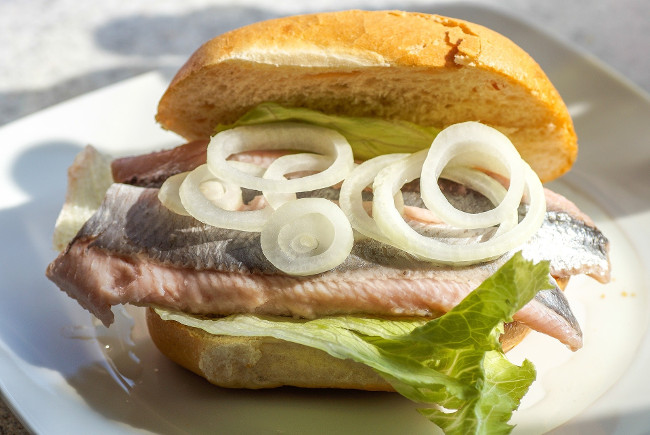
Seafood is the pride of Norway’s culinary offerings – most of which is as fresh as it can come. Oslo provides a mixture of Michelin-starred restaurants and street bites, catering to different appetites.
Brunost – Brunost is one of Norway’s more interesting foods. It has been dubbed as cheese by locals, although technically it’s made of whey. Brunost is typically disposed of during the cheese making process, but in Norway it is cooked further until it reaches a caramelised, fudgy consistency. Most locals add it to stews for flavour or serve it by the block with a shaver to have on top of toast at breakfast time.
Pickled herring – Pickled herring is a particular favourite in Norway, usually served atop of dense rye bread with tomatoes, pickles, radishes and other moreish accompaniments. The vinegar enhances the herring’s flavour considerably – a little usually goes a long way.
All of these destinations are reachable via frequent flight paths from London Stansted Airport. For more details on starting your culinary journey, visit stanstedairport.com












